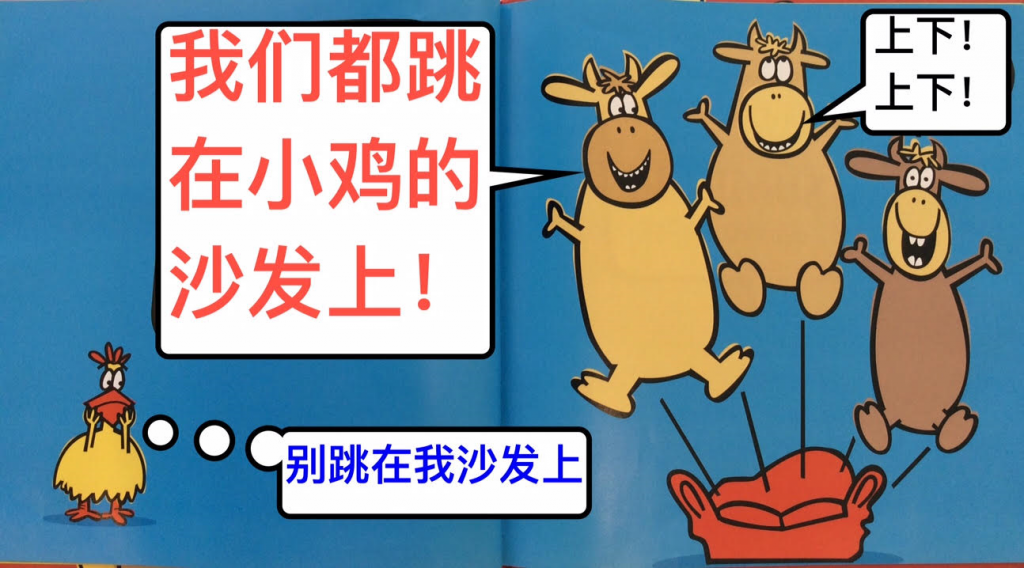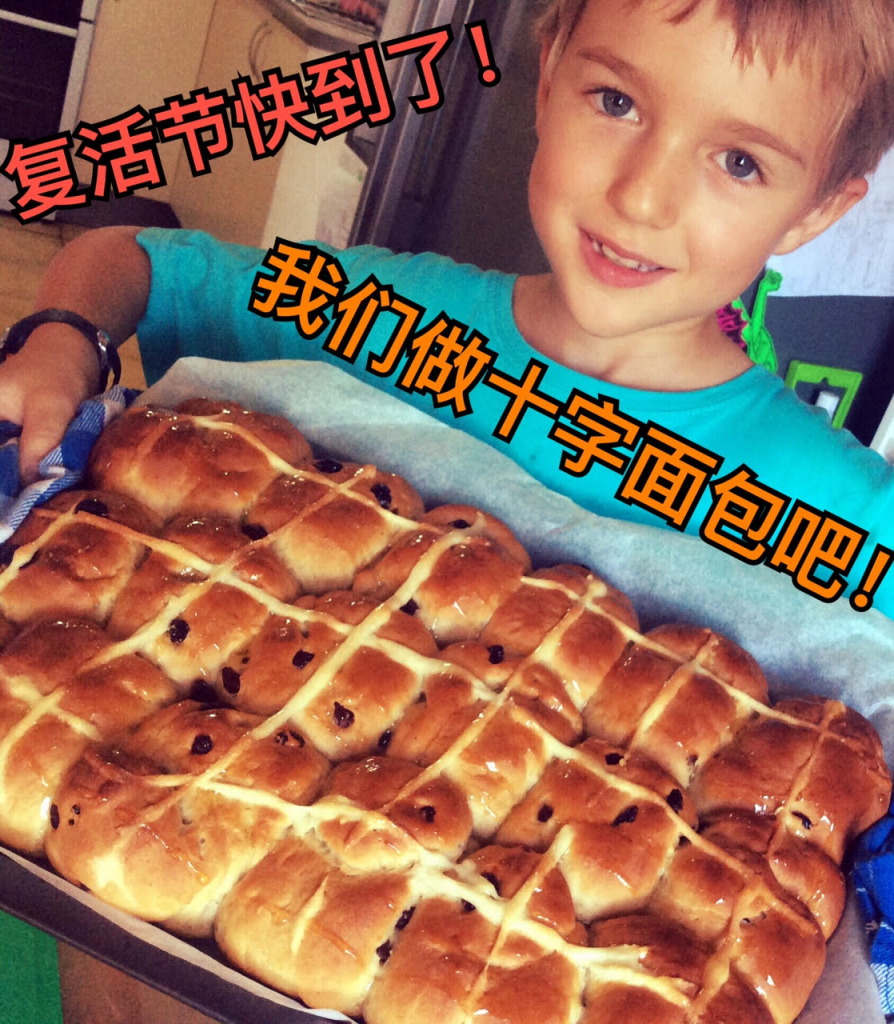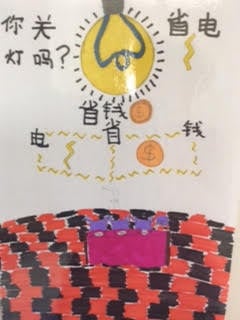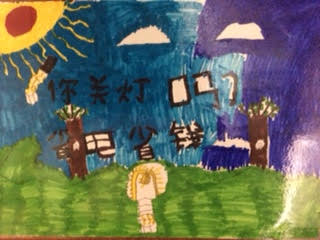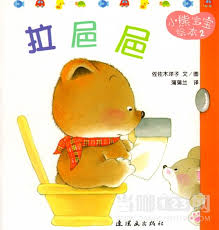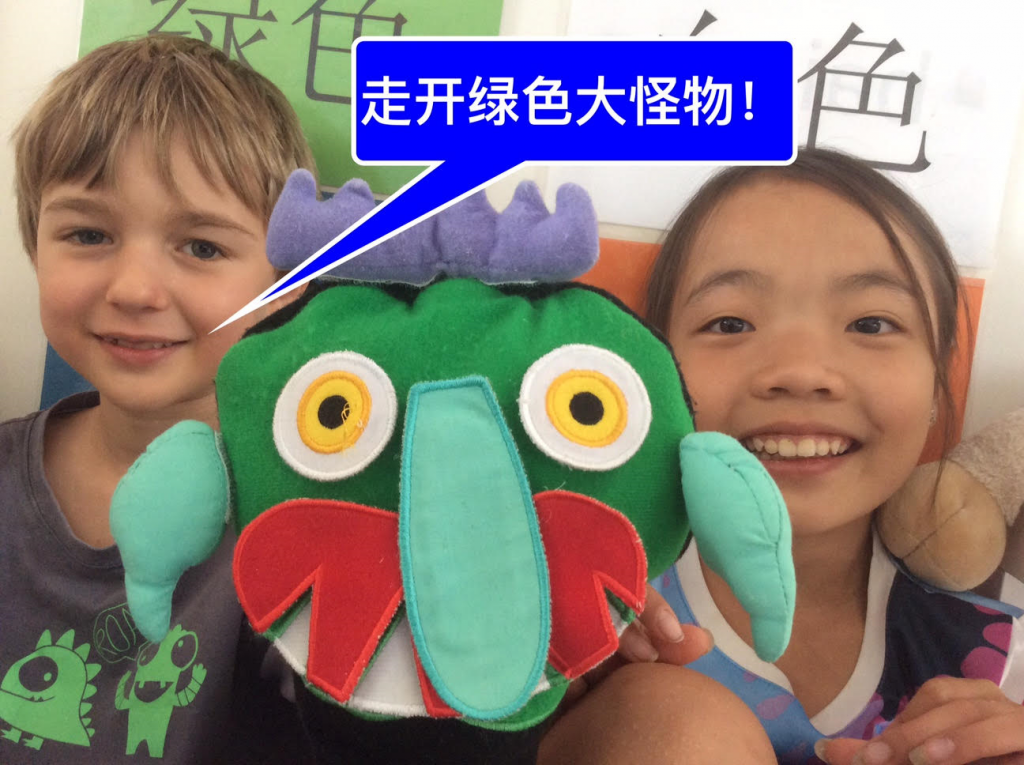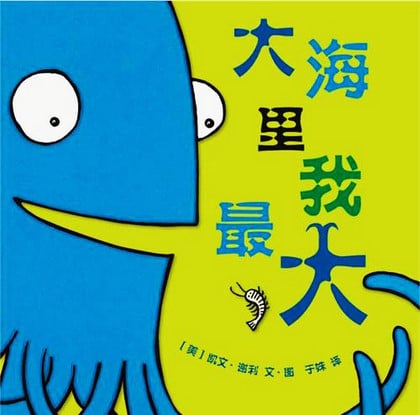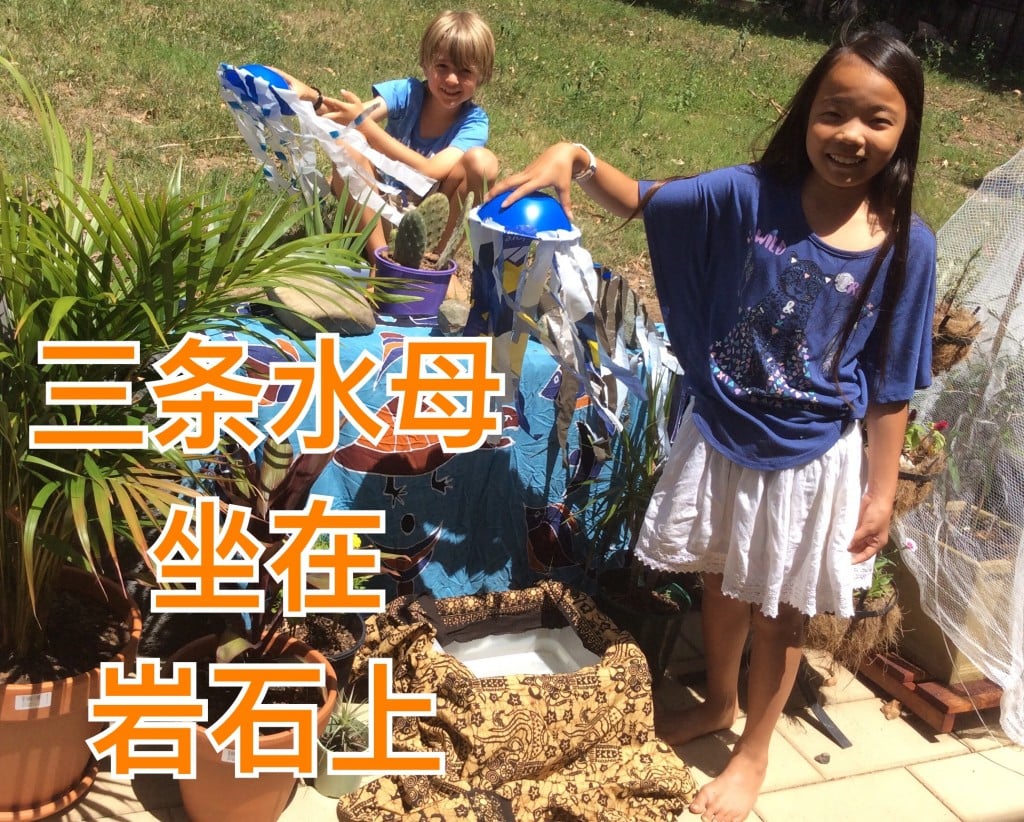Three cheeky cows jumping on chicken’s sofa again this week!
This is a great book by Jan Thomas, as children just have this innate desire to jump on the sofa, and so relate to the cows’ inability to control themselves, their regret as they are reminded they shouldn’t do it, and how they get around promising not to do it again! It’s also really a great book to use repetitive and meaningful Chinese to the children. It reinforces lots of phrases we use in the classroom regularly, apologising, and reinforces ‘Up Down’. It will help the students talk about the location of things by using the location marker 在 (zài). Eg.
牛在哪里? niú zài nǎ lǐ? literally ‘Cow is located where?’
you can then answer with exactly where they are:
牛在沙发上。 niú zài shāfā shàng. literally ‘Cow is located sofa on’
To get this location marker stuck in your head, don’t forget our teacher song!
You can download a lovely finger puppet activity to act this story out at home, on the author’s website Jan Thomas Books.
Here are some of the words the children hear when sharing this book in Chinese:
小鸡 xiǎo jī Little chicken
小牛 xiǎo niú Little cow
沙发 shāfā sofa
准备好了吗? zhǔnbèi hǎo le ma? Are you ready?
准备好了! zhǔnbèi hǎo le! Ready!
跳上跳下 tiào shàng tiào xià Jump up and down
跳舞 tiàowǔ Dance
扭来扭去 niǔ lái niǔ qù Wiggle around
在沙发上 zài shāfā shàng on the sofa
别! biè! Don’t!
别跳! biè tiào! Don’t jump!
别跳舞! biè tiào wǔ! Don’t dance!
Here is the song the older students were introduced to last week to understand the really common usage of 上下 (shàng xià) or ‘Up / Down’ in Chinese. Another cool song by Groovi Pauli! Little kids will like singing the main part of this song! Lyrics are below.
shàng shàng shàng going up up up,
xià xià xià going down down below
上上上going up up up, 下下下going down down below.
Activity
In the up down song we sing in class, a few examples of shàng and xià are explored. Use these around the house /community. Let Groovi Pauli help you pronounce these by watching the video lots of times!
shàng chuáng – Getting in bed
shàng chē – Getting in the car
shàng lóu – Going up the stairs
shàng kè – starting class
xià chuáng – getting out of bed
xià chē – getting out of the car
xià lóu – going down the stairs
xià kè – finishing class
